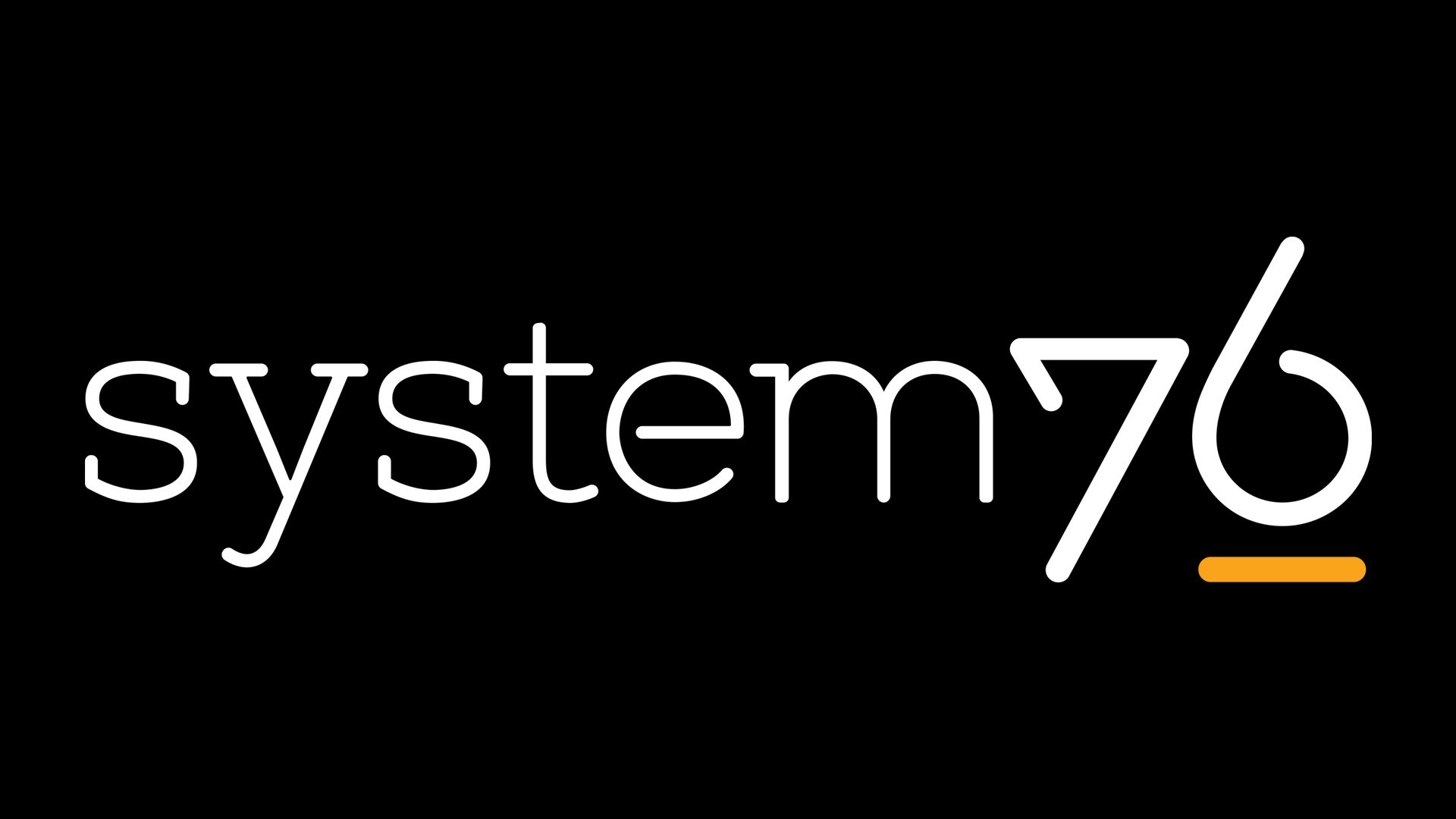I’ve discussed before my affection for Kodi and plans for integrating it into my bus. I’ve been running it on a Raspberry Pi 3 for ages, and it does run beautifully, but I wanted a bit more power out of my media center (ok, I wanted to be able to use it for more than just a media center), so I arranged to get myself a Vero for Christmas. If you aren’t already familiar with Vero, it’s a custom HTPC solution from the makers of OSMC, one of the more popular custom Linux distros tailored for use with Kodi.
I ordered a Vero 4K+ on December 13th and received it on December 27th. While this is a long time to wait on shipping, the wait was mostly my fault. I made a tiny mistake in the ordering process (which they caught) and ended up having to go back and forth with support until the 19th when we finally sorted out my mistake, and they shipped it that day! OSMC and, therefore, Vero operates out of the UK, so I had to deal with the inevitable customs headaches (which were a bit unnerving), but the process went something like this…
So the shipping process wasn’t as bad as it could have been! The only two headaches were the actual process of clearing customs (and waiting for my first stateside update), and for some reason sitting in Omaha for two days before being sent to my local post office (I live a few hours from Omaha).
On to the actual unboxing!
For starters, between the awesome guys at OSMC and the… less awesome guys at USPS, there’s no way this thing could ever see damage in transit. It arrived in a nesting-doll-esque set of boxes in boxes. For starters, the OSMC guys packaged it like pros. What they shipped it in was a moderately sized shipping box (about four times the size of the actual product packaging) packed with a ton of packing peanuts and “fragile” markings. Given it had to go trans-continental, that level of packaging is appreciated. The guys at USPS didn’t think it was sufficient, and proceeded to add ANOTHER box with packaging… and then put the whole thing in a USPS shipping bag. OK, that’s a bit overkill, but whatever.
After digging through the layers of boxes, I finally got the actual product out, and my first thought was “wow! This thing is tiny!” I mean, I’d read the product stats, and a few unboxing posts, but nothing prepares you for how incredibly compact this thing is. The picture below is next to a Roku remote for scale. Remember, that box has the actual device, remote, and various accessories in it.
Upon opening the box, my next thought was that the level of professionalism and attention to detail in this thing is incredible. I don’t know what I was expecting, but this doesn’t look like just another cheap entertainment gadget. Over the years, I’ve bought three Rokus, two Amazon Fire TVs, an AppleTV, and built three custom HTPCs, and the only one that comes even remotely close to the attention to detail in product packaging is the AppleTV… but this still looks (and feels and performs) better.
Once unpacked, the box contains the device itself, which I still can’t believe is so small, a region-specific power adapter, remote, remote dongle, an HDMI cable, and an infrared receiver extension kit. Not pictured but also included is mounting hardware for the device itself should you wish to mount it to a TV or whatever.
Initial setup
While the initial set up only took a few moments in the simple OSMC configuration wizard, my actual configuration process took a little longer. After about an hour, I had my Vero configured roughly to my liking, and I have to say that right out of the box, it feelsnice! I’ve built HTPCs for myself and friends using both OSMC and LibreELEC numerous times. I’ve made them using various Raspberry Pi models, ODROID, and actual 64-bit HTPC builds. Out of all of them, this is BY FAR the best feeling with no tweaks. It only makes sense, given that it’s specifically built to run OSMC, but it’s remarkably snappy and even the remote feels nice.
My only initial hardware gripe is the same one I have with virtually every HTPC I’ve built, but in my opinion, it’s a “duh” thing. I wish someone would design a remote that’s as simple and intuitive as the Vero remote, but with a backlight! I spend most of my time working on/using my HTPC in the dark and, while I know I’ll get used to the new layout in time, it’s annoying not knowing which button is where day one. I hit home instead of back at least a dozen times during initial configuration.
That said, the process itself went without a hitch — nothing I haven’t seen before, same as any other OSMC install. When I hooked everything up, I forgot to plug in the Ethernet cable and, of course, OSMC threw a fit about not having Internet access, so I plugged it in and waited. It took all of five seconds for OSMC to detect that the cable was plugged in but, for some reason, it decided it didn’t want to connect for almost a minute. Given the complexity of my home network, I’m chalking it up to a hostname conflict on my part, and not the fault of the device. I gave the Vero the same hostname as the Raspberry Pi it’s replacing, which has a static IP. I haven’t yet re-assigned the IP to the Vero, so I’m guessing it was balking about having two devices with different hardware addresses but the same hostname. Regardless, it did finally connect so no big deal.
Once the configuration wizard was finished, I went about running the initial update. My Vero shipped with OSMC 2018.08-1, while the current release is 2018.10-1, so I knew right off the bat that upgrading would be necessary.
Upgrading has always been a sticking point for me with OSMC on Raspberry Pi devices. Upgrades never seem to work quite right; they always freeze if I run them from the OSMC interface. Over the last few years, I’ve concluded that the biggest reason for this is the perpetually under-powered state that my Raspberry Pi devices run in. For some reason, I can never seem to get the right power adapter, so the interface always ends up being sluggish due to sub-optimal power.
Thankfully, the OSMC ships with a power supply that’s made for it, so it works beautifully. The download went off without a hitch, I was prompted to exit OSMC to run the upgrade, the upgrade completed and the device rebooted. The first button I pushed post upgrade, however, caused an immediate sad face as OSMC crashed. Oops. However, it automatically restarted and presented no further issues post-restart.
I’ve been a Linux developer for close to twenty years, and I’ve seen my share of creative causes for system failures. The way that this particular crash occurred felt like a race condition of sorts. It was as if the interface was finishing loading before the underlying system had caught up from the upgrade. Regardless, I’ve done a ton of configuration and tinkering since then without even the slightest hesitation from the device. Note to self, when you do upgrades, don’t rush into the interface; give the system a few moments to settle down.
Post-configuration updates and final thoughts
Since finishing my initial configuration, I have continued to tinker with my Vero. Most users probably get into Kodi for the express purpose of building a home theater system. For me, my Vero will serve a bit broader purpose. As most of my readers are aware, I’m in the process of shopping around for a school bus which meets my needs and will be converting it to an RV of sorts. Once converted, this will become my full-time home.
As I’ll be living in a more or less perpetually transient state, the idea of building an HTPC was appealing. More than that, I wanted a single system to be the heart of my RV. As such, my Vero will be serving as a media center, file server, and system monitor and hub for all the RV systems. This will (eventually) include controlling lighting, handling the RV security system, monitoring water and waste tanks, etc.
To wit, my actual Kod configuration isn’t anything spectacularly unique at this point. The unique stuff is all under the hood. One of the most significant driving forces to my purchasing a Vero was the ability to do more with it. As nifty as Raspberry Pi is, it is also a severely limited platform. That said, the following functionality has been built and is working as expected:
While I’m far from done (who am I kidding, I’ll never be done), my system is coming along nicely, and Vero has more than lived up to my expectations. While it may not have the power of a traditional server, it has more than enough to handle being a top-shelf media center with some headless services running under the hood. All in all, I am thoroughly happy with my purchase and can’t recommend Vero enough.









